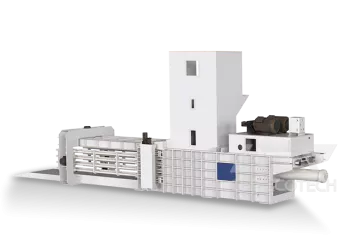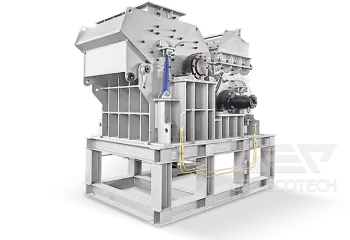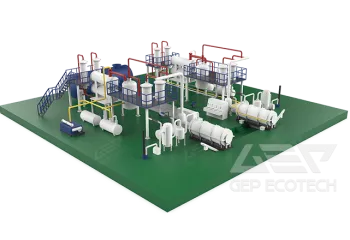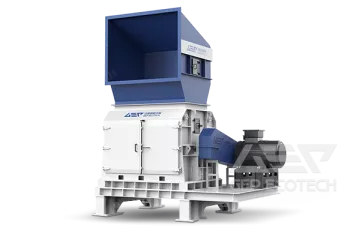Waste paper
Paper manufacturing, pulp manufacturing, paper processing product manufacturing, printing and publishing, binding business, as well as waste paper generated during construction demolition processes.
Waste paper treatment (recycling) methods
1. Recycle as papermaking raw materials.
2. Recycle into RDF.
3. Incineration or landfill.
Wood waste
This includes wood waste generated from construction sites, wood waste generated from the pulp manufacturing industry, wood waste generated from the manufacturing of wood products such as wood and furniture, and wood waste generated during the wholesale process of imported wood.
Wood waste treatment (recycling) methods
1. Convert into fuel.
2. Incineration includes energy recovery.
3. Composting.
4. Direct landfill and simple incineration.
Textile waste
Textile waste generated from the clothing and textile manufacturing industry, as well as natural fiber waste such as tatami, cotton shavings, and carpets generated from construction projects such as new construction, renovation, or demolition of buildings.
Textile waste treatment (recycling) methods
1. Reuse as second-hand clothing.
2. Material recycling, using it as a material and raw material for new products, such as making rags or clothing raw materials.
3. Heat recovery, used as solid fuel.
4. Chemical recovery, reused as fiber raw material after cleaning and crushing.
5. Those that cannot be recycled should be crushed or incinerated before landfilling for final treatment.
Animal solid waste
Refers to solid waste such as livestock disposed of in slaughterhouses and poultry processed in slaughterhouses.
Animal solid waste treatment (recycling) methods
1. The treatment method is incineration, which is buried in the final treatment site in the form of incineration ash.
2. Recycling methods include recycling incineration ash as raw material for cement or roadbed materials.
Animal and plant residues
Animal and plant residues treated as industrial waste refer to the waste discharged from specific industries such as food manufacturing, spice manufacturing, and pharmaceutical manufacturing, such as seashells, soybean residue, soy sauce residue, pharmaceutical residue, brewing residue, fermentation residue, etc.
Animal and plant residue treatment (recycling) methods
1. Fertilizer.
2. Animal feed.
3. Biogas fermentation.
Animal manure
The feces of cattle, horses, pigs, sheep, goats, chickens, etc. emitted by animal husbandry.
Animal manure treatment (recycling) methods
1. Fertilizer.
2. Deep utilization of biomass energy such as biogas fermentation, incineration, and carbonization.
Animal carcasses
The corpses of animals such as cows, horses, pigs, sheep, chickens, etc. produced in the production process of animal husbandry.
Animal corpse disposal (recycling) methods
Animal carcasses are burned in the same way as animal solid waste, and the burned ashes are buried in the final disposal site. As for the recycling methods, there are methods for recycling incineration ash as raw materials for cement or roadbed materials.
GEP has high-quality waste treatment (recycling) equipment, reasonable and mature solutions, and rich project operation experience in the field of waste disposal such as paper, wood waste, textile waste, and animal carcasses. Welcome to inquire and visit the factory for inspection.





